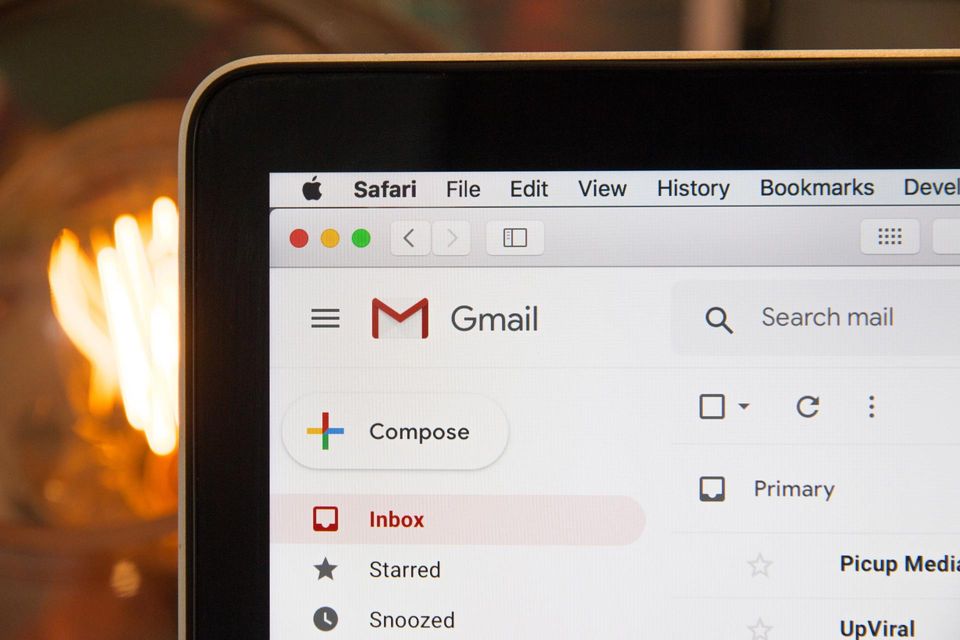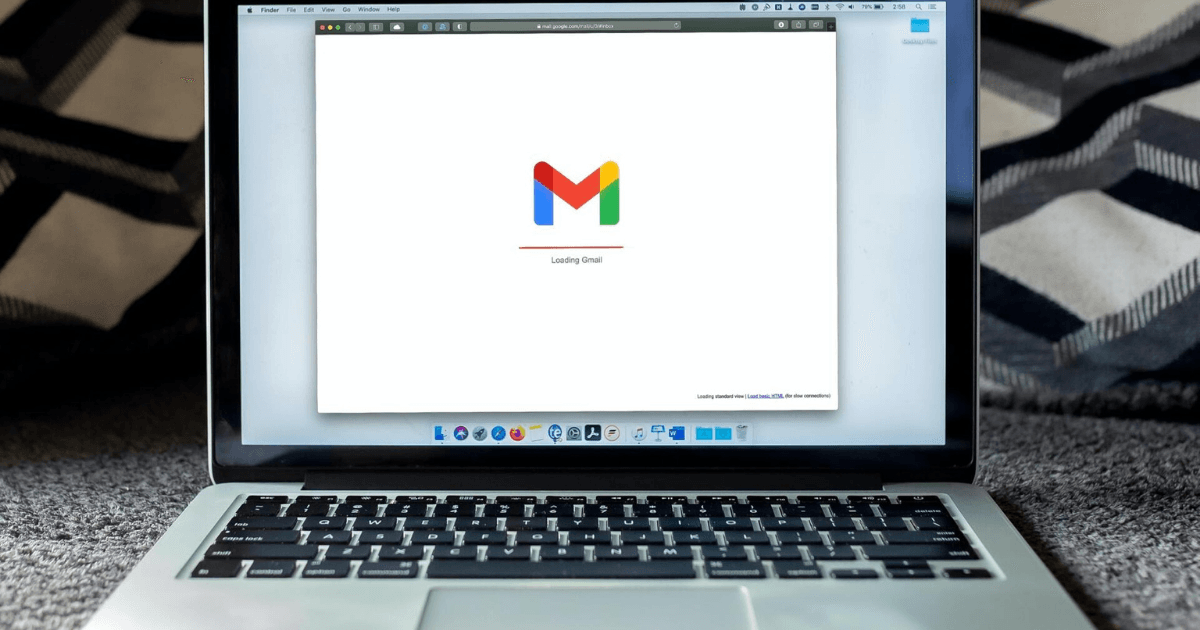Making Your Startup Awesome At Email: Part 1
Email might be my favourite channel for communicating with leads. It's direct to an audience who has ASKED to hear from you, is satisfyingly measurable, and can offer precise detail on who did what (depending on the marketing automation you're using). So here are some very simple, introductory tips to help any startup kill it at email.

Keep quiet until you have something worthwhile to say
One of the biggest mistakes I see companies make is valuing their desire to keep in touch with leads above their leads’ need to hear from them. It still surprises me just how much outreach is driven by FOBF (fear of being forgotten), yet they are decidedly unphased by what I'll call FOPPO (fear of pissing people off).
The (misguided) logic is that frequently emailing leads with something—anything—is better than only emailing a few times a year. Obviously if you have great, relevant content that's of interest and value to your audience (and you have the engagement metrics to back that up), then a more frequent comms schedule is no problem at all. Nobody ever complained about getting too much quality content. But if all you have to say is a series of:
- Wanna buy our product?
- Hi again, we still have this product you haven't bought.
- Check out this new thing we added to our product.
- Get a discount on our product!
- Did you see that discount we sent you on our product?
- Last chance to get that discount on our product.
- Did you hear this person likes our product?
- Here's another, different discount on our product!
- Wanna buy our product now?
- How about now?
...then you’re setting the stage for major engagement, sales and conversion problems down the line.
"... emails about the same thing(s) over and over don't teach audiences to value products or remember them. It trains them to ignore you in the inbox."
I've seen companies whose entire email histories were like this, yet marketing wasn't contributing to sales. Why? Because emails about the same thing(s) over and over don't teach audiences to value products or remember them. It trains them to ignore you in the inbox.
Unsubscribes are the typical defence for this practice; ‘ It’s okay to email a lot because nobody’s unsubscribing. ’ But don’t let a low unsubscribe rate, alone , lure you in to thinking that your heavy email cadence is harmless (less than 1% being low). That's only one metric of engagement. What do your open rates tell you? Your click rates? Your site’s Return Visitors rate? Your conversation rate from email-offer-to-sale?
The desire (and pressure) to hurry up and sell today can obscure the long-term damage you’re doing to your funnel. Certainly, being the top-of-mind solution is optimal when your audience is ready to buy…but not if their prevailing thought is ' Man those folks are annoying spammers .'
"Don't make recipients guess what they should do once they're done reading your copy."
The moral of the story? 10 great emails/year balanced between useful non-sales content that makes your audience's life easier and emails that promote your product is far more effective than 52 emails/year that basically offer the same information every time. It's not easy to convert site visitors into leads, and that will be wasted effort if your email habits teach them that what you have to say is noise rather than noteworthy and nourishing.
Always A/B test your subject lines
Assuming that you have no issues with email deliverability (ie, you're not being blacklisted by email clients, email addresses in your database are legit, and your delivery percentage is in the very high 90th percentile), getting people to open your email is the first hurdle in email engagement. And A/B testing subject lines is a super-simple way for your startup to increase email open rates.
A/B testing (also called multi-variate testing) lets you to try out different subject lines (or calls-to-action, or email copy, or different designs) on a small portion of your mailing list, and then send the most effective version to the majority of them. I suggest you A/B test all emails you send to a decent sized mailing list (say 200 recipients or more), but it's particularly important for nurture or drip emails that will automatically be sent repeatedly as new leads enter your funnel. These are emails that fire off behind the scenes and are easy to forget are operating, so you want the strongest possible versions of those emails working for you.
Most email automation software makes it easy for you to A/B test. Typically you:
- key in Subject A and Subject B;
- specify what percentage of your mailing list you want to send A to;
- specify what percentage you want to send B to;
- set how long you want the test to run for; and
- select what metric you want to use to decide the winner.
I usually send A to 15% of the audience, B to 15% of the audience, use open rate as my success metric, and run the test for a minimum of three hours. The automation would then send the tests to 30% of the specified audience, and once the time had elapsed, automatically send the winning subject line email to the remaining mailing list.
Always include calls to action
For every email you send, you should have a desired outcome next step in mind. What is the objective of your email? Maybe you want them to read your blog article. Maybe you want them to watch a video, or redeem a discount code or register for a webinar.
Don’t make recipients guess what they should do once they’re done reading your copy. Use clear calls to action (CTAs) to tell them explicitly, set the primary CTA in a button to make them easy to spot when scanning the email (and secondary CTAs as text links), lead with verbs, and keep them short (3-4 words). Examples include:
- Read more
- Find out more
- Register now
- Book your spot
- Watch the video
- Buy now
- Learn how
- Schedule a meeting
- Request a demo
Why? The harder you make them think, the more likely it is they’ll just move on to the next email in their inbox without taking any action at all.
And as with the subject line A/B testing, try out different CTAs over time to see which work best with your particular target audiences. Depending on your offering and audience, a more formal tone like Register Now might perform better than a casual CTA tone like Snap Up Your Seat , or vice-versa. Experiment to see what you can learn.
Send emails in your recipients’ local time zones
Subject lines are a major determiner of email open rates. Time of day received is another—so much so that there are countless articles online declaring the optimal times of day to send in order to get you the highest engagement rate. Until a few years ago, we had very limited control over when an email was sent. You could select your day of week, and you could select one time slot based on your own timezone. So if you were based in NYC you might choose to send your batch email at 2pm YOUR local time. This will have worked fine for anyone whose target audiences all resided in the Eastern time zone. Everyone in your list would have received the email at 2pm. But more often our leads reside globally in multiple time zones, so leads in California would have received that email at 11am, those in the United Kingdom at 7pm (after work) and those in Turkey at 10pm.
About three years ago, marketing automation platforms started introducing timezone sending. In Mailchimp they call this feature Timewarp. Others haven’t bothered to give it a catchy name, but all major platforms I’ve used have it. This feature is a godsend to those of us who care about email customisation and optimisation. The functionality allows all recipients to get your email at your desired time in THEIR time zone. So using the example above, NYC, California, United Kingdom and Turkey recipients would all get your email at 2pm THEIR time.
It’s a simple tactic that can significantly boost your open rates by preventing any global audiences from getting emails from you at the break of dawn or after bedtime…unless that’s what you want.
I’m about to make these four habits standard practice with a new client, so I’ll report back on the uplift soon!
